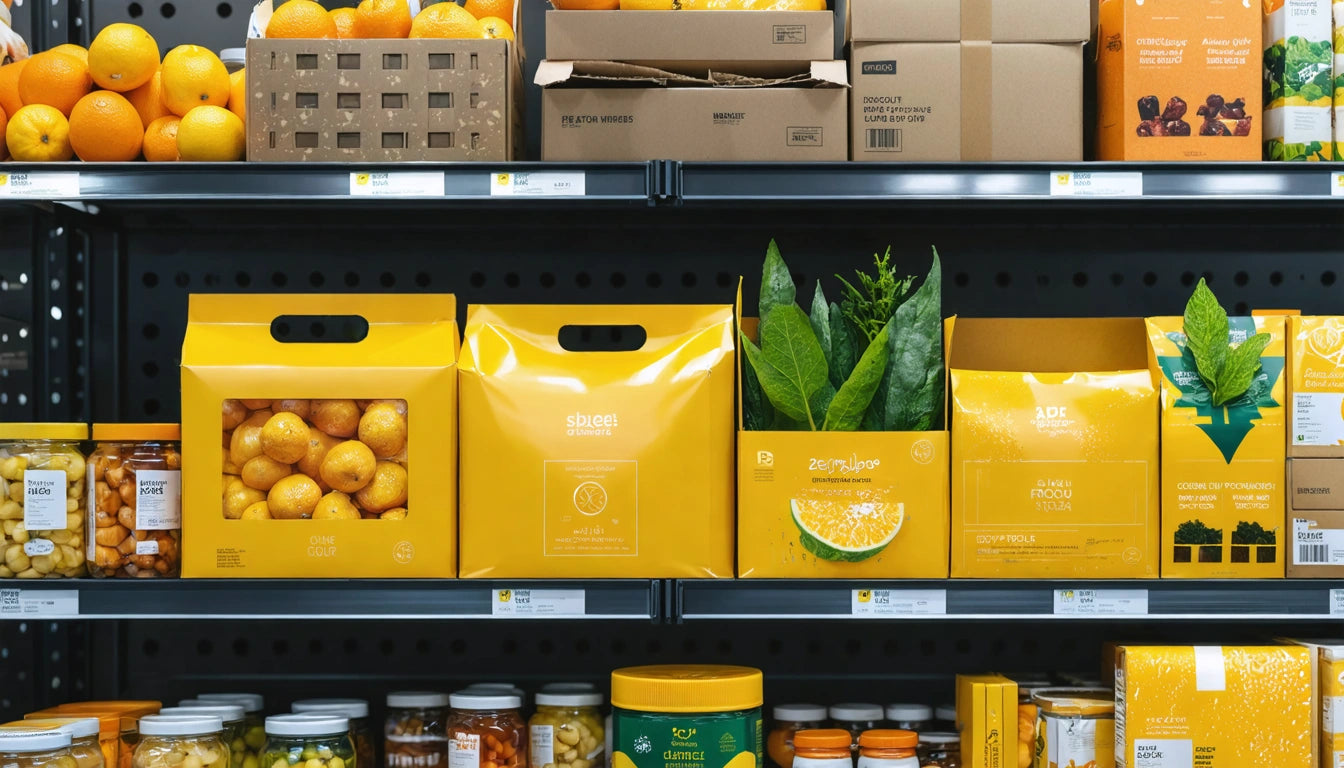Table of Contents
Cannabis consumers increasingly seek consistent experiences with their products, looking beyond simple indica, sativa, or hybrid classifications. Strain matching based on terpene profiles offers a more scientific approach to finding cannabis varieties with predictable effects. This method focuses on the aromatic compounds that contribute to each strain's unique characteristics and therapeutic potential.
Understanding Terpene Profiles
Terpenes are aromatic compounds found in many plants, including cannabis. They give each strain its distinctive smell and taste while also influencing its effects. Understanding what terpenes are provides the foundation for effective strain matching.
A terpene profile is essentially a fingerprint that shows the concentration of various terpenes in a particular cannabis strain. These profiles can vary significantly even within the same strain name due to growing conditions, harvesting techniques, and curing processes. This variability makes terpene testing crucial for consistent experiences.
The Science of Strain Matching
Strain matching works by identifying terpene patterns that consistently produce desired effects. This approach recognizes that cannabinoids like THC and CBD work in concert with terpenes to create the full spectrum of cannabis effects, a phenomenon known as the entourage effect.
Research suggests that specific terpene combinations may be more important than individual terpenes for predicting effects. For example, strains with high myrcene and linalool often produce relaxing effects, while those dominated by limonene and pinene tend to be more energizing.
Common Terpenes and Their Effects
Popular cannabis strains contain various combinations of these primary terpenes:
- Myrcene: Often associated with relaxing, sedative effects
- Limonene: Linked to mood elevation and stress relief
- Pinene: Connected to alertness and memory retention
- Linalool: Known for anxiety-reducing properties
- Caryophyllene: The only terpene that interacts with the endocannabinoid system, often associated with pain relief
These compounds significantly impact mood, energy levels, and sleep patterns when consumed. By understanding which terpenes produce desired effects, consumers can select strains more effectively.
Reading and Interpreting Terpene Lab Reports
Effective strain matching requires the ability to read terpene lab reports accurately. These reports typically show:
- Total terpene percentage
- Individual terpene concentrations
- Dominant terpene profile
When comparing strains, look for similar terpene ratios rather than just identical dominant terpenes. Two strains with different names but similar terpene profiles will likely produce comparable effects. Proper storage is also essential for preserving terpene integrity, which is why many cultivators use humidity control packs to maintain optimal moisture levels and protect these volatile compounds from degradation.
Practical Applications for Consumers
Finding Consistent Alternatives
When a favorite strain is unavailable, terpene matching helps identify suitable alternatives with similar effects. This approach is particularly valuable in medical cannabis applications where consistency is crucial.
Personalized Effects
By tracking personal responses to different terpene profiles, consumers can develop a personalized "terpene preference map" that guides future purchases. This process becomes more accurate over time as patterns emerge.
Product Format Considerations
Different consumption methods affect terpene delivery and experience. Extraction methods significantly impact terpene retention, with some processes preserving profiles better than others. For maximum terpene benefits, consider:
- Flower: Contains the most complete terpene profile
- Live resin concentrates: Preserves terpenes through flash-freezing
- Full-spectrum vape cartridges: Retains more terpenes than distillate
The quality of terpenes also matters, with botanical terpenes generally offering more complex effects than their synthetic counterparts.
Future of Personalized Cannabis Selection
The cannabis industry is moving toward more sophisticated strain matching technologies. Advanced systems are being developed that can recommend products based on individual biochemistry, preferences, and desired outcomes. These tools analyze terpene and cannabinoid data alongside consumer feedback to create increasingly accurate prediction models.
As terpene testing becomes standardized across legal markets, consumers will gain access to more detailed information about potential effects. Some innovative brands are already exploring applications like terpene-based food pairings that enhance both culinary and cannabis experiences.
The future of cannabis consumption lies in this personalized approach, where consumers can reliably find products that deliver their desired experience, regardless of strain name or traditional classification. As research advances, terpene-based strain matching will likely become the gold standard for cannabis selection.











Leave a comment
All comments are moderated before being published.
This site is protected by hCaptcha and the hCaptcha Privacy Policy and Terms of Service apply.